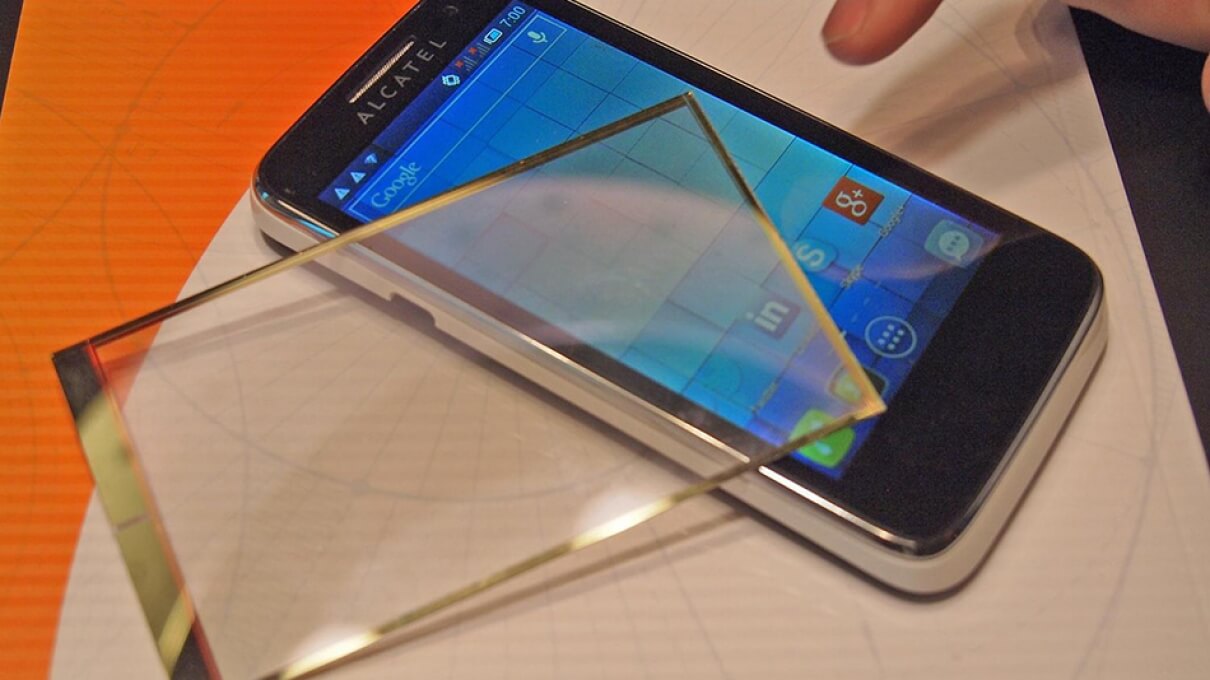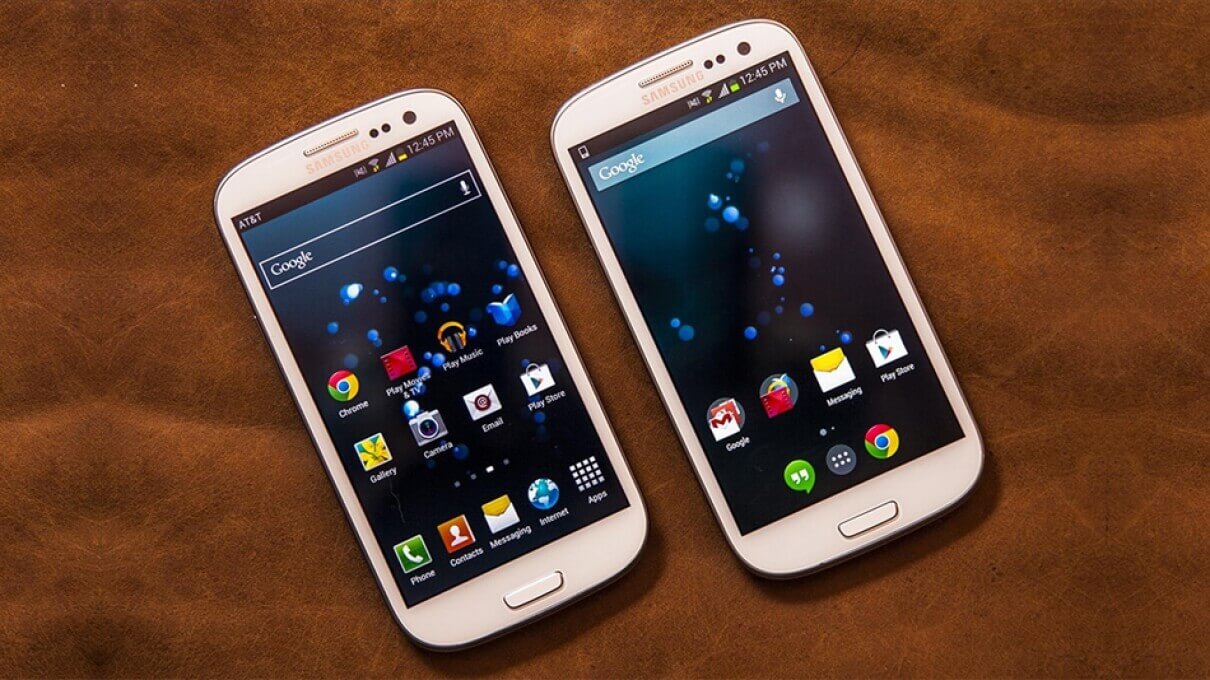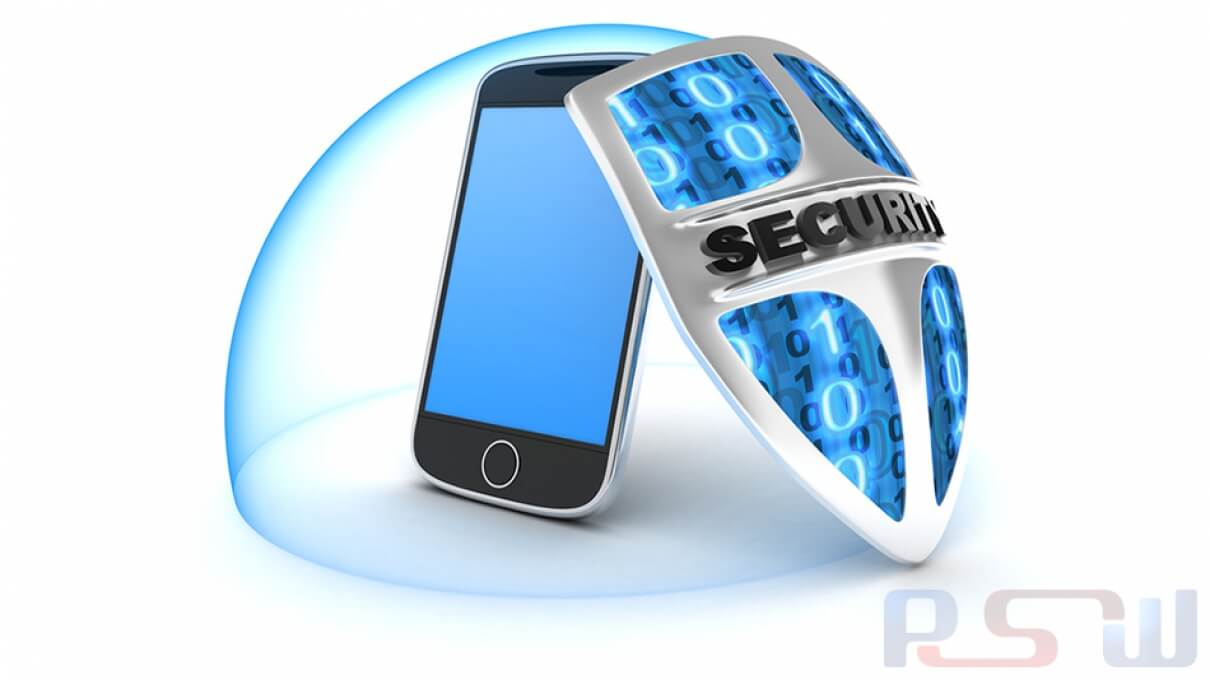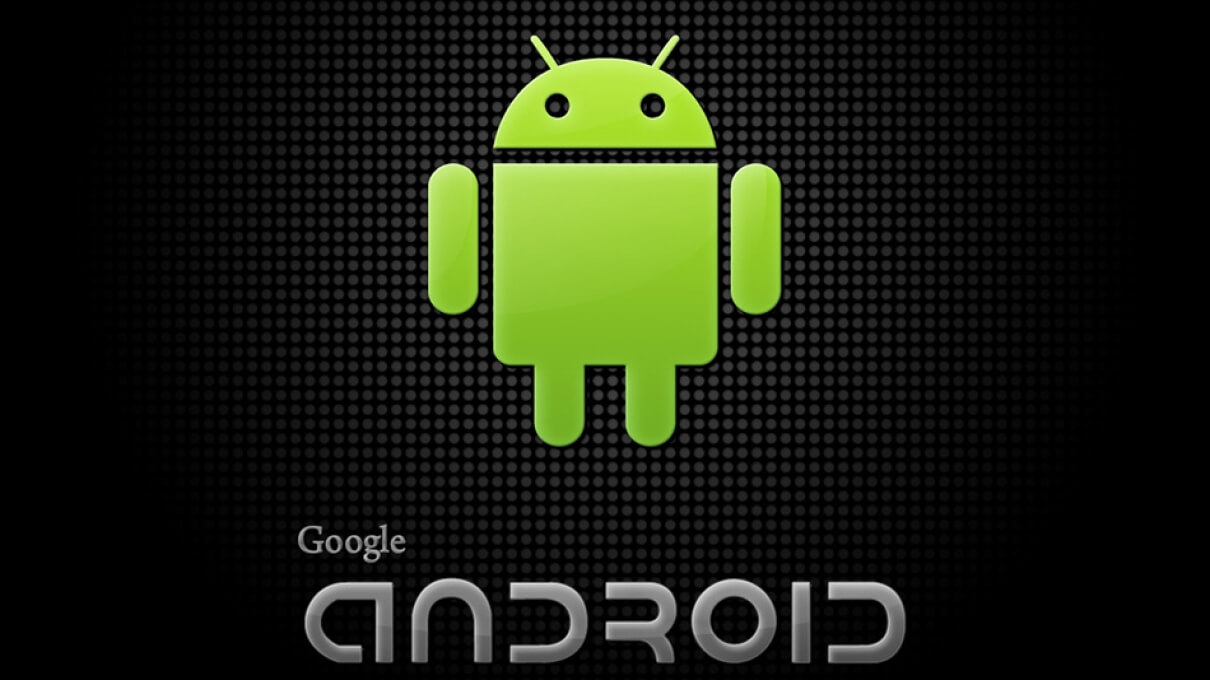
Your Next Phone May Charge and Receive Data through this Incredible Screen
Almost every smartphone maker has tried wireless charging at some point, but it never works as well as we want it to. Your phone has to have a special cradle, or you have to place your watch in a special bowl – just right. It’s wireless, but it’s a hassle. SunPartner Technologies and 3M have a solution for this. Last week, the two companies showed me a new technology that could help our battery-drain problems, and introduce a whole new way to transfer data.
Solar Charging Your Devices
It’s called “Wysips” and it’s a thin layer of crystal glass that can be embedded into small screens like watches, phones, or tablets and turn the screen into a solar panel of sorts. You can’t see it from the outside of the phone (it’s just about completely clear) and it starts charging the battery anytime artificial or natural light shines on the phone’s screen.
“Every time you get light, it will charge the phone a little bit,” said Matthieu de Broca, Business Development & Strategic Alliances at SunPartner. “Over the course of a day you add a significant contribution – we’re talking like 15 percent in a typical phone.”
With smartphone battery power stretched as thin as it is, another 15 percent (and more if you leave your phone in a bright area) could really help. A tech like this could theoretically save someone in a power bind with no charger. As the miniature solar cells improve, the amount of power generated could rise significantly, we were told.
This could completely charge an E-Ink device, like a Kindle, Nook, or small watch – entirely doing away with the need for physical charging. Old, weak flip phone models could also possibly do away with charging already if they incorporated this model.
What It Looks Like
SunPartner makes the screen layer and 3M creates the adhesive needed to put it in screens, and helping it reach manufacturers and get some press from publications like DT.
We got a chance to examine the solar-charging Wysips screen layer, which is mostly clear, but shimmers if you look at it from different angles. If you look close enough, you can see the solar crystal pattern, much like you can see a touch grid on your phone if you examine it up close. Inside a demo Huawei phone, we couldn’t notice the Wysips layer at all, though the viewing angles of the device were lower than usual. Representatives said that it does affect viewing angles slightly, but the Huawei phone in question was no flagship device.

We think Huawei will be the first manufacturer to use this tech. The 3M/SunPartner team couldn’t confirm this, but they said at least one major manufacturer is onboard. The first phones using this tech will likely arrive in 2015.
If You Haven’t Heard of Li-Fi, Listen Up
Solar charging is great, but what we saw next was far cooler. Announced at CES, the Wysips layer is also capable of Li-Fi (Light Fidelity) data transmission; it can send and receive data through light waves. It’s also called VLC, or Visible Light Communication.
The video attached shows this process, but it’s pretty simple. If you put your phone under a special light, unnoticeable flickers in that light can send messages to your phone. Li-Fi is both faster and more secure when compared to Wi-Fi and Bluetooth, which use radio waves. Li-Fi can reach speeds up to 3.5 gigabits per color, meaning a Red-Green-Blue (RGB) LED light could produce Li-Fi speeds of up to 10.5gbps, or 10 times faster than Wi-Fi. Much like Wi-Fi allows wired connections to become wireless, Li-Fi spreads out Fiber Optic data, which already uses light to transmit at high speeds.
Don’t expect to get wireless Internet from your house lights anytime soon, but in a demo, de Broca showed us how putting the phone under a light could automatically open a video, webpage, or app. An early use could be in retail stores, where putting your phone under a light could give you a coupon, but the possibilities quickly spiral from there.
1 Layer, 2 Hugely Innovative Uses
According to de Broca, the Wysips layer is mostly cost neutral, costing only $2 to $3 dollars (possibly less) to include inside a phone screen – much less than many new technologies. This means it’s cost is already relatively low, and it could make it into a number of devices in the next few years. It’s not just a cool technology – it’s one that may see the light of day.
There’s nothing super exciting about solar charging, but the possibility of Kindles and watches becoming completely charger free, phones getting an extra 15 percent of battery life, and devices easily gaining the ability to connect to Li-Fi is compelling. The cost: just one thin clear layer added to your screen. SunPartner and 3M’s Wysips Crystal is all benefit, no loss.
Source: Digital Trends


